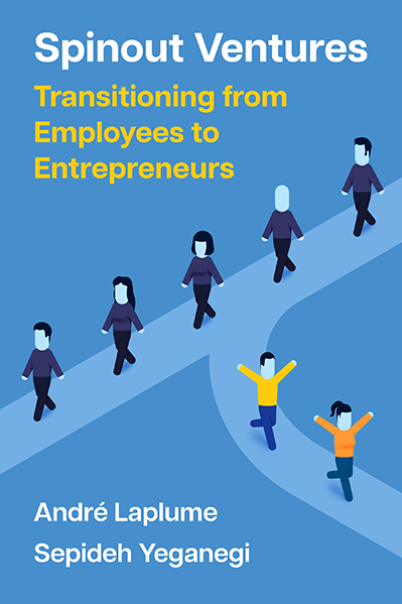Actor-Network Theory
Actor-network theory was created by Bruno Latour, Michel Callon, and John Law. It describes a “material-semiotic" method of analysis that is distinct from mainstream network analysis in that it includes non-human objects in networks as nearly equally important as human actors. According to Latour (1999): “You are different with the gun in your hand; the gun is different with you holding it. You are another subject because you hold the gun; the gun is another object because it has entered into a relationship with you.” According to Korsgaard (2011), Latour’s point is that neither the gun nor the person kills alone, but the combination of person and gun can execute the sinful act. The conclusion is that human agency is not merely a human phenomenon, because it relies on non-human elements too be executable. Korsgaard applied actor-network theory (ANT) to entrepreneurship. He argues that ANT is superior to the older ‘ discovery theories ’ that have dominated the entrepreneurship li



